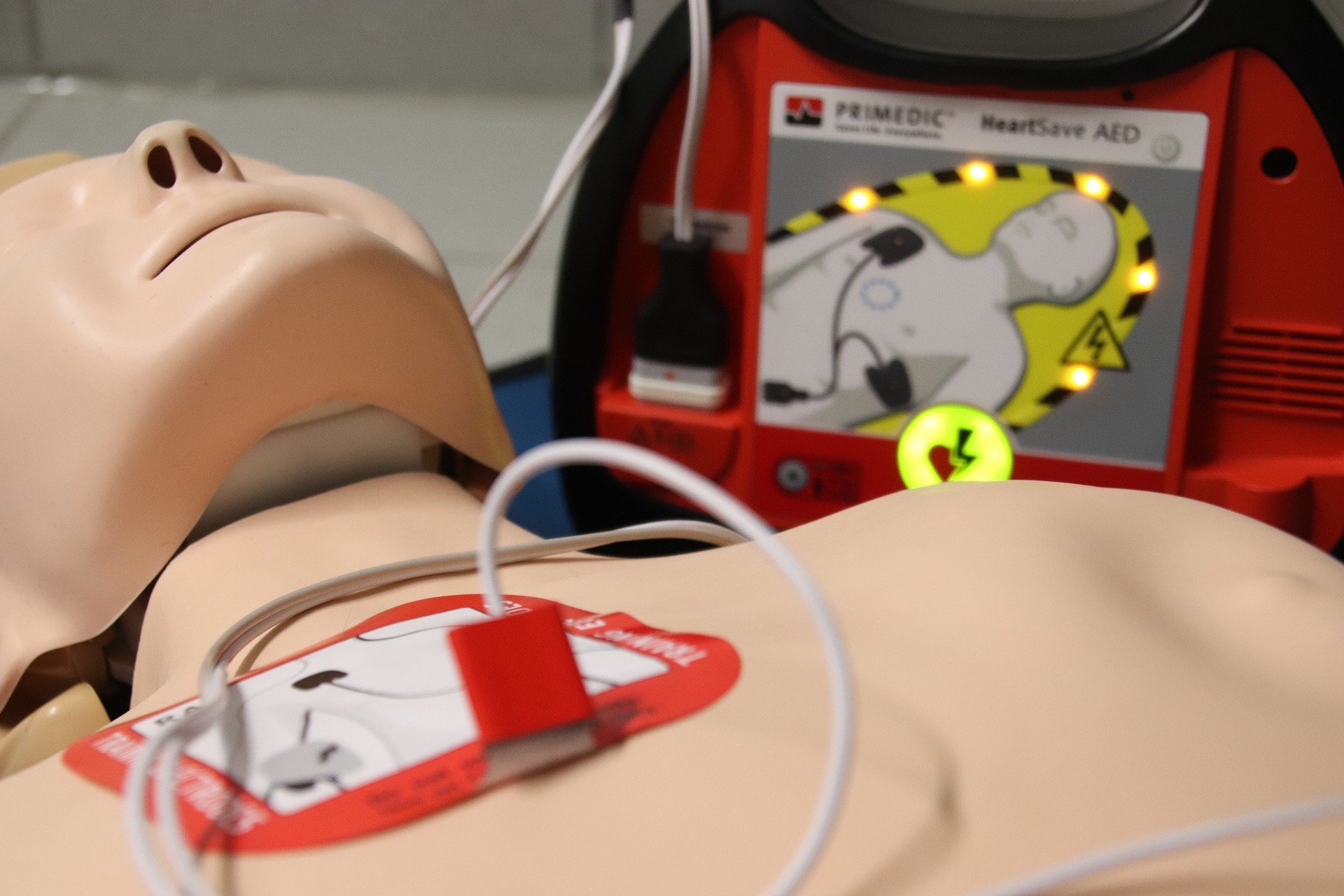This Saturday is the second Saturday in September, which means that it is World First Aid Day! First aid is an important life skill that everyone should have — how to help the sick or injured in an emergency. We’ll discuss first aid here briefly and talk about first aid kits. The Red Cross has a free first aid app that I encourage everyone I know to download so that they have it handy. You can download the app on your smartphone here.
Encouraged by the Red Cross of Canada, World First Aid day encourages people to seek out education and/or training in first aid so that they know how to respond in emergencies. The number one cause of death for people aged 1-44 is unintentional injuries or accidents.
What is First Aid, Exactly?
First aid is the interventions or skills performed on an injured or sick individual until medical treatment is available. The intention behind giving first aid is to minimize negative outcomes for the person receiving treatment. I really believe that everyone should be taught CPR and choking interventions from a young age so that the knowledge and skill behind it just become second nature. Being in a situation that is dire and not having the metaphoric tools to know what to do is incredibly stressful! First aid can be important in a number of situations: fractures, burns, wounds or lacerations, eye injuries, head trauma, or cardiac arrest.
What’s in Your Kit? First Aid Kit Basics
You can buy a premade first aid kit from local-to-you sources, big name stores, or find one online. An alternative solution is to custom create your own first aid kid. First aid kits should contain items in it for wound/trauma care, antiseptics and ointments; eye injury support, CPR pocket masks and CPR intervention aids, fracture or sprain/musculoskeletal supplies, and burn cares.
Wound and burn Care: Adhesive bandages of various sizes, sterile gauze compresses/sponges, a roll of gauze, non-adherent dressings, abdominal pads, tape, burn stop dressings, burn stop gel, 2nd skin moist burn pads.
Ointments and antiseptics: Antiseptic wipes, hand cleansing moist towelettes, hand sanitizer, after-bite sting relief, antimicrobial ointment for wounds of your choice.
Eye injury: Eye patch, eye cup and sterile saline rinse, eye shield.
CPR and Related: CPR Pocket mask, medical gloves, surgical tape, scissors, rescue blanket, sugar packets, flashlight, cotton-tipped applicators.
Fractures and sprains: Triangular bandage, tensor bandage(s), cold compresses, wire splint, finger splint, padded aluminum splint.
Choking, Abdominal Thrusts/Heimlich Maneuver, and CPR
It is so incredibly important to know basic life saving skills. If you don’t currently hold a certificate in CPR or first aid, I highly recommend taking a course. There are three primary options in Canada: Red Cross, St. John Ambulance, and the Heart and Stroke foundation.

